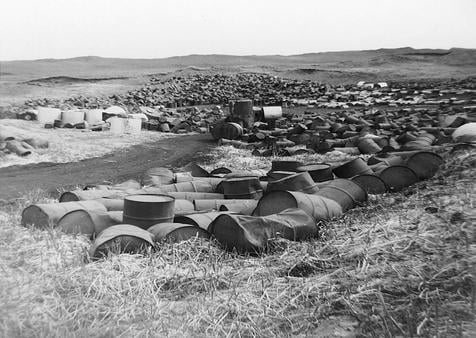Sir David Attenborough is a British film producer. He was born on May 8, 1926 in London, England.
Attenborough developed a love for natural science and studied at Cambridge.
After studying at Cambridge, he was deployed in the British navy for 2 years.
In 1949, Attenborough returned to London and became an editor for an educational publisher.
The next year, Attenborough began a training program with the British Broadcasting Corp. (BBC), where he eventually became a producer.
Sir David Attenborough began his production career by broadcasting two shows, a game show called “Animal, Vegetable, Mineral?” and he co-hosted a show called “The Pattern of Animals”Attenborough quickly moved on from those shows because it took animals out of their natural habitat. He launched a show called “Zoo Quest” in 1954, this show filmed animals in the wild as well as in captivity. The show was so successful that it led BBC to launch its own Natural History Unit in 1957. He left the BBC to study Anthropology at the London School of Economics. But returned when he was offered the head position at BBC two in 1965. He went on to produce more and more shows, such as: Monty Python’s Flying Circus. In 1970 he was awarded the Desmond Davis award for his contributions to television. In 1972 he resigned and decides he wanted to produce shows on a freelance basis.
With the many shows he produced on his own, Attenborough has produced and featured in more than 100 TV shows and documentaries. His legacy in British television is so grand that he was knighted in 1985 and was awarded a second knighthood in 2020 at the age of 94.
| Sir David Attenborough (aged 94) |
- Sir David Attenborough oversaw the first ever colored broadcast in Europe, beating Germany to gain all the bragging rights.
- He has 2 children and was married from 1950-1997
- Whilst he was filming for one of his shows on a tribe in the Solomon Islands, he fully immersed himself in their culture, where he wore nothing but a loincloth.
- Attenborough was the first to catch the Komodo Dragon on film.
- Attenborough has named several plants and animals.
- The flightless beetle, a species of hawk weed that can only be found in the Brecon Beacons, and the Attenborosaurus, a long-necked dinosaur.
- Sir David Attenborough holds the record for the deepest dive on the Great Barrier Reef, where he went 1000 feet below sea level.
- Sir David does not love all animals. He has a bitter hatred for rats.
- For his Life of Birds documentary, he traveled 256,000 km, that is equivalent to going around the world 10 times.
- He doesn’t own a car because he never passed his drivers test, and he doesn’t like e-mails, he prefers letters.
- Attenborough has stated that beneath all his production of the wilderness and environmental issues, he wished to inspire people to take care of our beautiful planet. He has inspired millions of people to tackle climate change and the call for protection of the environment.







